June 02, 2021
“Wagara”
These Japanese traditional patterns have been used for pottery, Buddhist altars, and kimonos. They can be seen on tenugui (Japanese towels), and furoshiki (wrapping cloths) in everyday life in Japan to this day.
These patterns use Japanese nature and as well as architectural patterns and geometric designs seen in traditional Japanese households as their motifs. Some patterns that can be seen around the world have often originated from China, Korea and other foreign countries, but since have been added a Japanese twist.
Patterns that have a special lucky meaning, “kishomonyo”, are often used for special or festive occasions such as weddings, graduations, longevity celebrations.
Kishomonyo -Good luck patterns and their meanings
Asanoha (Hemp leaf)
This geometric pattern made of hexagons and triangles resembles the shape of a hemp leaf, which the name originated from. Triangles are said to have power to keep bad luck away, and therefore this pattern is said to have a strong protective power from evil. As hemp know for its fast growth and durability, this pattern is often used for baby clothes and child kimonos with prayers for the child's healthy growth. It can be seen on ancient Budda figures from Heian era, but became popular to be used for kimonos during the Edo period after being used for kabuki costumes.
Kikko (Tortoise shell)
The hexagon pattern resembles the turtle shell, which is a symbol of longevity. It has many variations, putting different patterns inside the hexagon. “Kikko-gara” is known as a very lucky pattern which is used for birthday gifts and to celebrate longevity.
Sayagata
The name originates from Saya-ori (Saya weaving) where this pattern is used on kimonos. It is a pattern of interlocking “manji" (ancient buddhist symbol), representing eternity, and prosperity of the family and long life, and is suitable for festive occasions.
Seigaiha
This pattern uses ocean wave crests as a motif, and symbolizes everlasting peace, like the tranquil waves. This message is perfect for marriages and is often used for wedding gifts.
Shippou (Seven treasures)
This pattern resembles the beauty of the seven treasures of Buddism (gold, silver, lapis lazuli, agate, seashell, amber, and coral). Combining four circles is a symbol of good relationships, peace and harmony. This makes an excellent pattern for marriage gifts as well as gifts for new jobs and moving.
Uroko

This pattern resembles a combination of triangles and the Japanese pattern in particular resembles the scale of a snake, as snakes shed their skin and are thought to be a good symbol of revitalization, and can help keep bad fortune away. The samurai warriors would often wear clothing with this pattern to protect themselves from harm.
Yagasuri/Yabane

The pattern comes from the feathers of an arrow, which symbolizes determination and is a lucky pattern for weddings and graduations coming from the Japanese saying, “once an arrow is fired it won’t come back”. This pattern was used on kimonos that parents gifted to their daughters as “yomeiri-dogu” when they left the house to get married in the old days.
Japanese people have always seen the beauty in nature and have sought inspiration and meaning from it for their designs. There often is a hidden meaning and logic behind Japanese traditions and designs and it is interesting to understand the meanings behind these traditional patterns.
It is also an example of how Japanese people show love and caring to others in subtle ways; through the patterns of their gifts, wrapping and kimono they wear, instead of grand romantic gestures and words. Next time you give or receive a gift with these patterns, try to remember their meaning as it can bring additional value.












